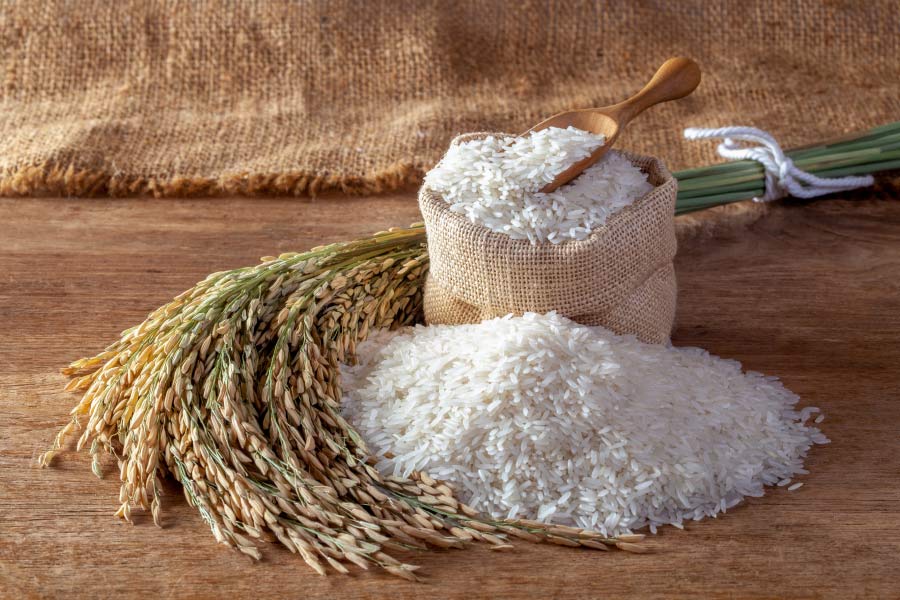
Inorganic arsenic
Arsenic is a metal present in the environment and deriving from natural sources (rocks, volcanic eruptions) and anthropogenic sources (mining, pesticides). This is commonly distinguished in organic and inorganic, whose summation constitutes the total arsenic. Arsenic can be absorbed through water and soil from crops and living organisms, thus resulting in its presence in various food products, particularly rice, molluscs and some fruit juices. The toxicity and biological effects of arsenic on humans, as of other elements, depend to a large extent on the state in which they occur; for example, arsenite As (III) is more toxic than arsenate As (V) and its high solubility in water makes it more bioavailable. It becomes therefore necessary to be able to quantify and distinguish one species from another in order to have a more realistic idea of its toxicity. So we start talking about speciation of arsenic.
Cadir Lab has developed the official EN 16802: 2016 method for speciation of inorganic arsenic on food matrices and in particular on rice, thanks to the HPLC-ICP-MS ifenated technique.





